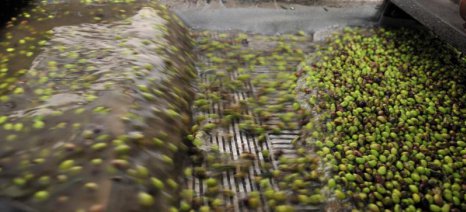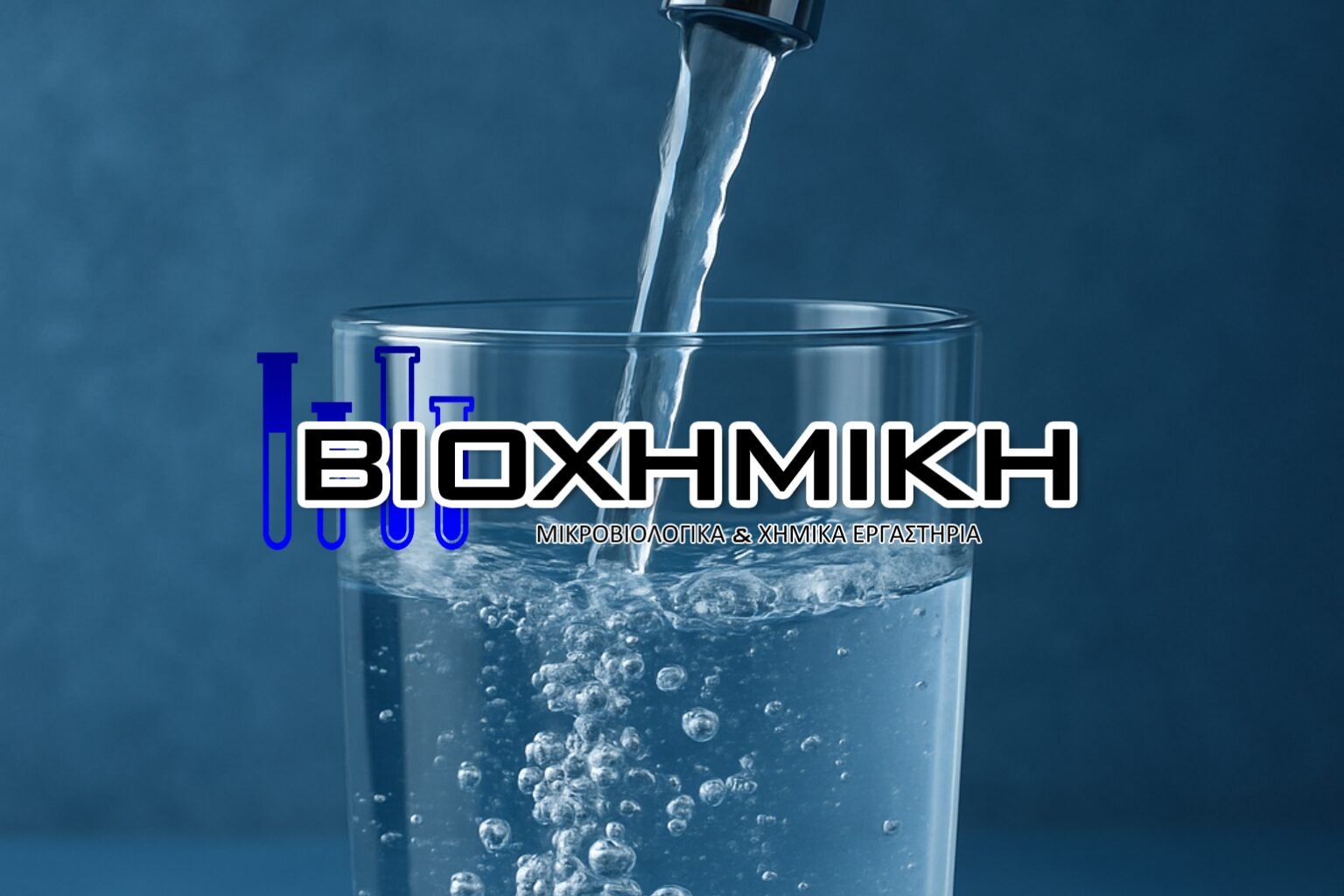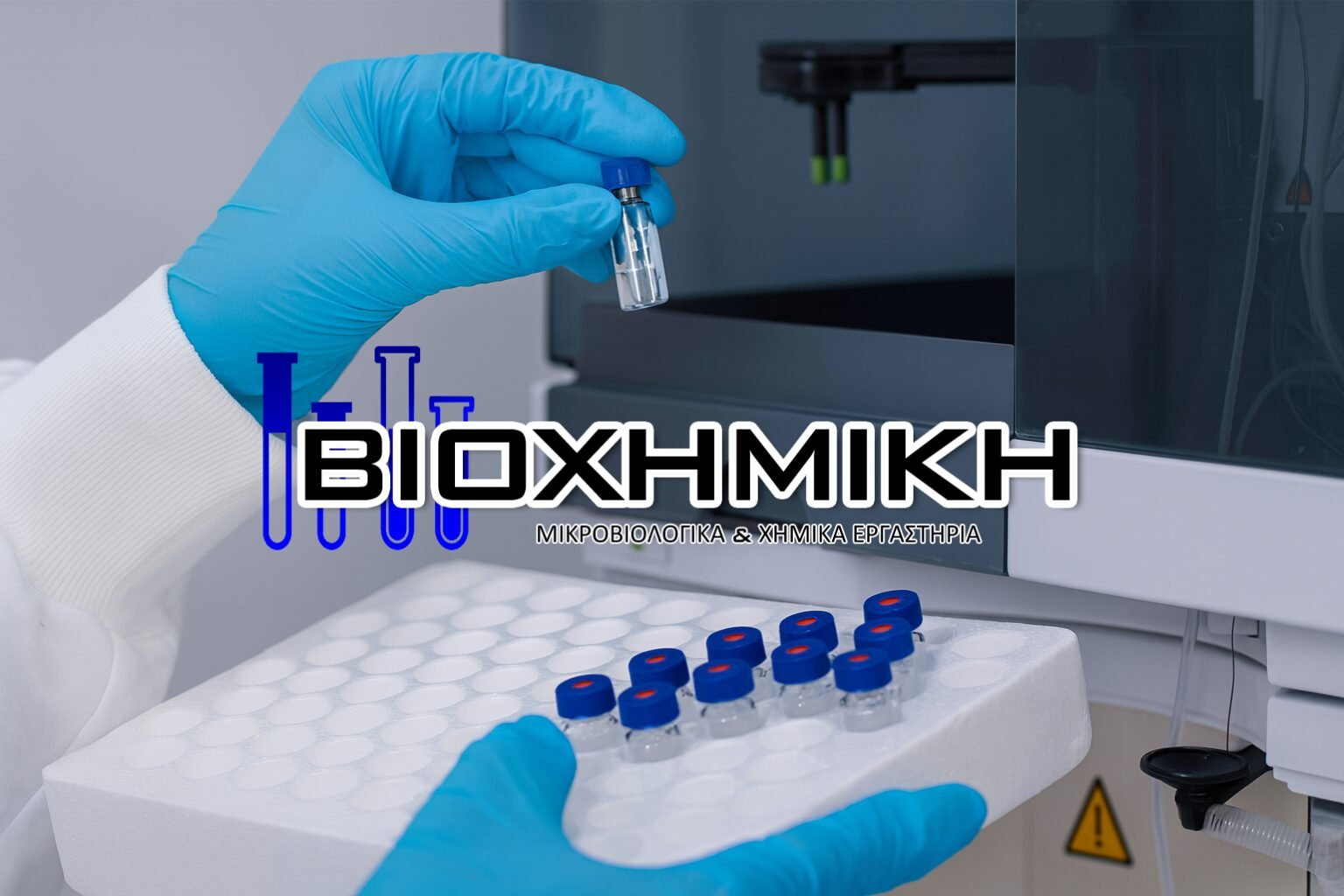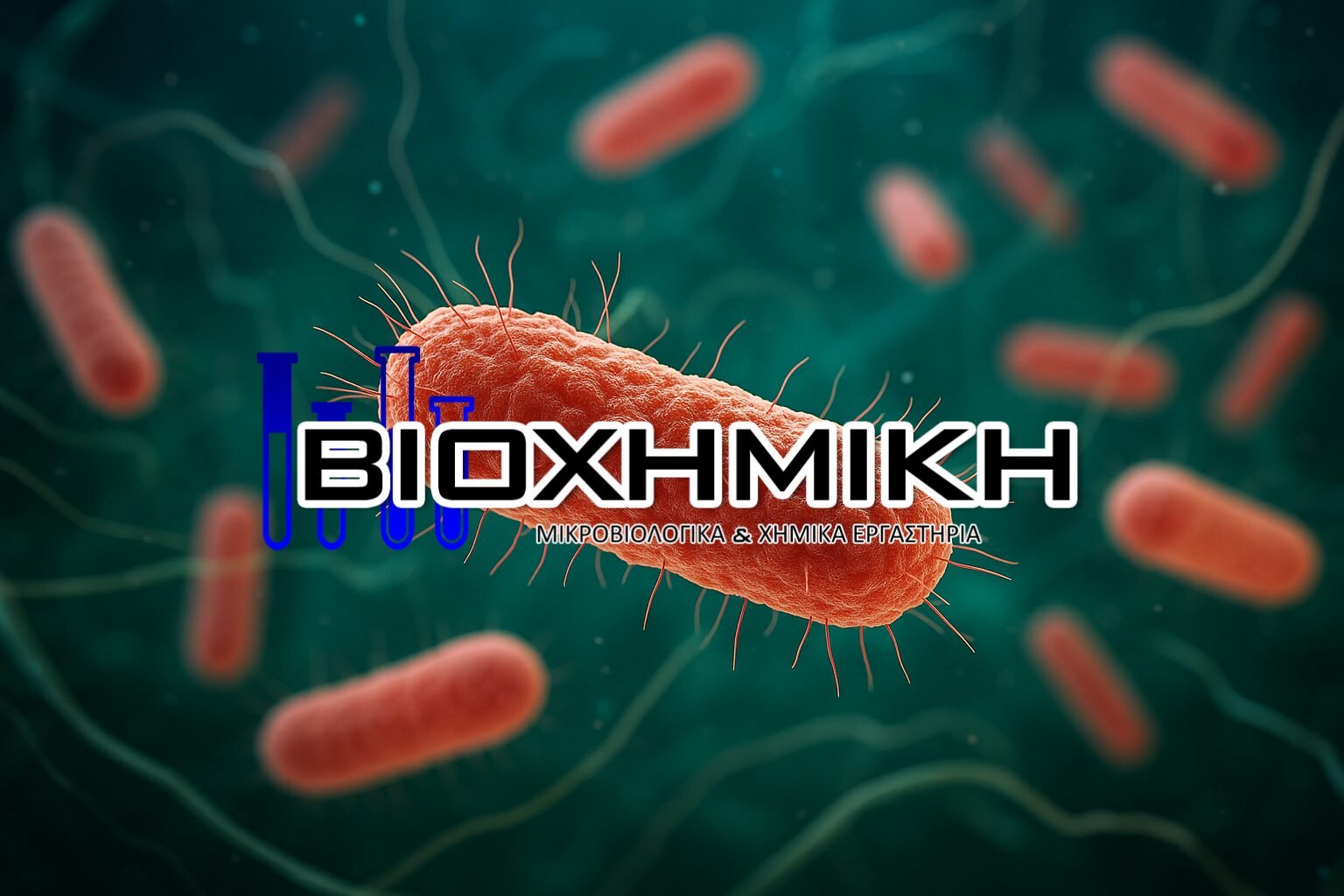The extraction of olive oil by modern mechanical means, as it is known, is done by mechanical presses and centrifugation. The result of this process is two streams: the stream of the olive oil produced, which is sent for further processing and packaging, and the waste stream, the Waste Stream (Mill Waste).
Untreated mill waste has no nutritional value, cannot be reused and is highly polluting. Because of their high pollutant load, they should not be disposed of untreated to environmental receptors, which should primarily be the result of environmental conscientiousness on the part of businesses. In Greece, the adoption of environmental conditions (and hence the licensing of industry) is implemented through Directive 69269/5387/90 (Directive 85/337/EEC), without, however, any specific rules on the disposal of WEEE. The basic principles for the management of WEEE are based on Law 1650/86 ‘On Environmental Protection’, according to which the owners of mills are obliged to submit an environmental impact assessment. Operating licences for mills are granted subject to the application of appropriate methods for the management of WEEE, such as disposal in suitably designed evaporation tanks, pre-treatment with hydrated lime before disposal and fractional separation by natural sedimentation, where further treatment of each fraction separately takes place, ensuring that the bottom of the tank is watertight to prevent possible leakage of the extracts produced. After evaporation, the residual pulp can be disposed of in suitable landfills or used in composting plants. However, there is no single method that can ensure efficient treatment of WOB at low implementation costs for an oil plant.
The main physico-chemical characteristics of mill wastes are low pH, high concentration of phenolic compounds, high BOD and oil residues. These characteristics make the waste corrosive when it comes into contact with construction materials (e.g. piping) and harmful to the environment, as it carries an extremely high pollutant load that cannot be degraded by the natural mechanisms of ecosystems, with negative effects on soils and waters and on the micro-organisms that give them stability.
However, the positive points in the case of mill waste are that:
A) they can be treated by relatively easy, low-cost techniques before being legally released into the environment
B) they are promising for research purposes, for the development of new technologies and value-added products.
Lina D. Tsamili
Chemical Engineer, MSc
Chemical Analysis Manager
Department of Environmental Studies & Applications





